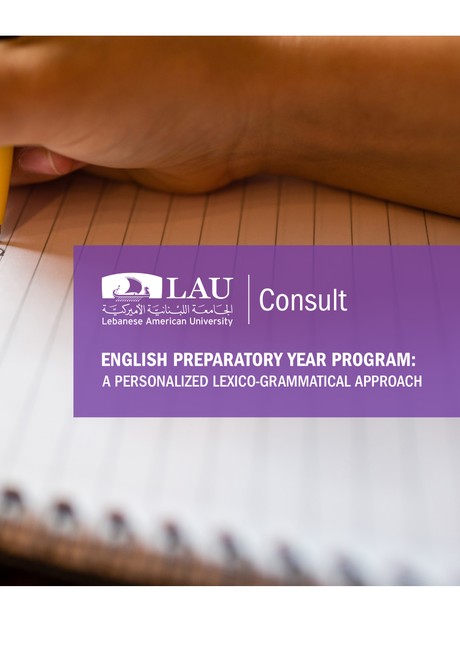English Preparatory Year Program
Undeniably, Preparatory Year Programs pose a constant challenge for academic success at English-medium universities in the Arab world. By far, English teaching remains the most challenging aspect of Preparatory Year Programs. This grim reality is primarily due to the limited timeframe within which a university attempts to bridge the gap between public schooling and demanding university teaching-learning environments.
Ultimately, the questions that remain most difficult to answer for university administrators and faculty alike relate to the relevance of the curriculum and the degree of incremental language learning that takes place in a Preparatory Year Program. More explicitly, the questions that any institution of higher education seeks to answer in order to make the students’ learning experience purposeful are:
- How academically relevant is an English Preparatory Year Program to the needs of the various university disciplines?
- To what extent can Preparatory Year Program measure students’ English language proficiency progress? And most importantly,
- How ready are Preparatory Year Program graduates for university academic English?
INTRODUCTION
In this context, our academic approach addresses the above questions systematically.
- Program Assessment Consulting
- Curriculum Implementation
- Monitoring and Evaluation.
Contrary to conventional one-size-fits-all university remedial English language teaching programs, our approach* falls within the lexico-grammatical framework. It provides personalized teaching venues over and above conventional score-based categorization of standardized English tests (e.g. iBT TOEFL, IELTS and SAT) by breaking down language proficiency into vocabulary size, coverage and grammaticalized lexis (vocabulary-based grammar). These lexico-grammatical features, once measured, can assist in putting students on a personalized fast-teaching track, to ensure efficient learning environments, where each and every minute counts.
Our approach calculates and defines the required linguistic thresholds in university learning and teaching environments. Following an empirical methodological system, our approach differentiates itself from conventional English language teaching programs by safeguarding measurable learning outcomes, and thus measurable learning progress. Our approach guarantees that Preparatory Year Program students have the English proficiency needed to transition into university-level learning environments.
Phase 1: Preparatory Year Program Assessment
Phase 1 involves a thorough assessment of existing programs.
It investigates:
- Students’ proficiency thresholds
- Teaching materials
- Teaching methodologies.
A wide range of corpus linguistics tools are used to assess incremental as well as holistic learning of high frequency (vs. low frequency) vocabulary and grammaticalized clusters, both at the levels of receptive (listening and reading) and productive (speaking and writing) knowledge. Based on the findings of this initial assessment phase, curricular changes and modifications are recommended.
A final report is submitted at the end of this phase, detailing feedback on:
- Program and course learning outcomes
- Course syllabi
- Teaching materials and methodologies.
Phase 2: Preparatory Year Program Implementation
Phase 2 builds on the recommendations made in the earlier Phase 1 report.
It is intended for implementation at two different levels:
- The first level addresses changes in content in order to bridge the gaps in knowledge between the students’ levels and university expectations. Taking the students’ potential end product as a starting point, we adopt a top-down approach making changes in the:
- Curriculum
- Relevant course syllabi
- Textbooks.
- The second level adopts a similar topdown approach to make necessary changes both in the teaching philosophy and subsequently, the teaching process. Here, the focus shifts toward the existing human resources by paying particular attention to updating teaching methodologies through teacher-training workshops while rooting this whole shift in strong theoretical ground.
Phase 3: Preparatory Year Program Monitoring and Evaluation
Phase 3 measures learning. For that purpose, rubrics are designed in order to:
- Assess the success of the implemented changes both in course content and in teaching methodology;
- Revisit those changes that may need reexamining through a renewed assessment cycle.
Different rubrics will be designed to measure:
- Student aptitude
- Student attitude
- Flexibility and dynamism of the teacher
- Appropriateness of the teaching materials.
At the end of this phase, a full report detailing the results of this assessment will be submitted for potential follow-up cycles of evaluation.

